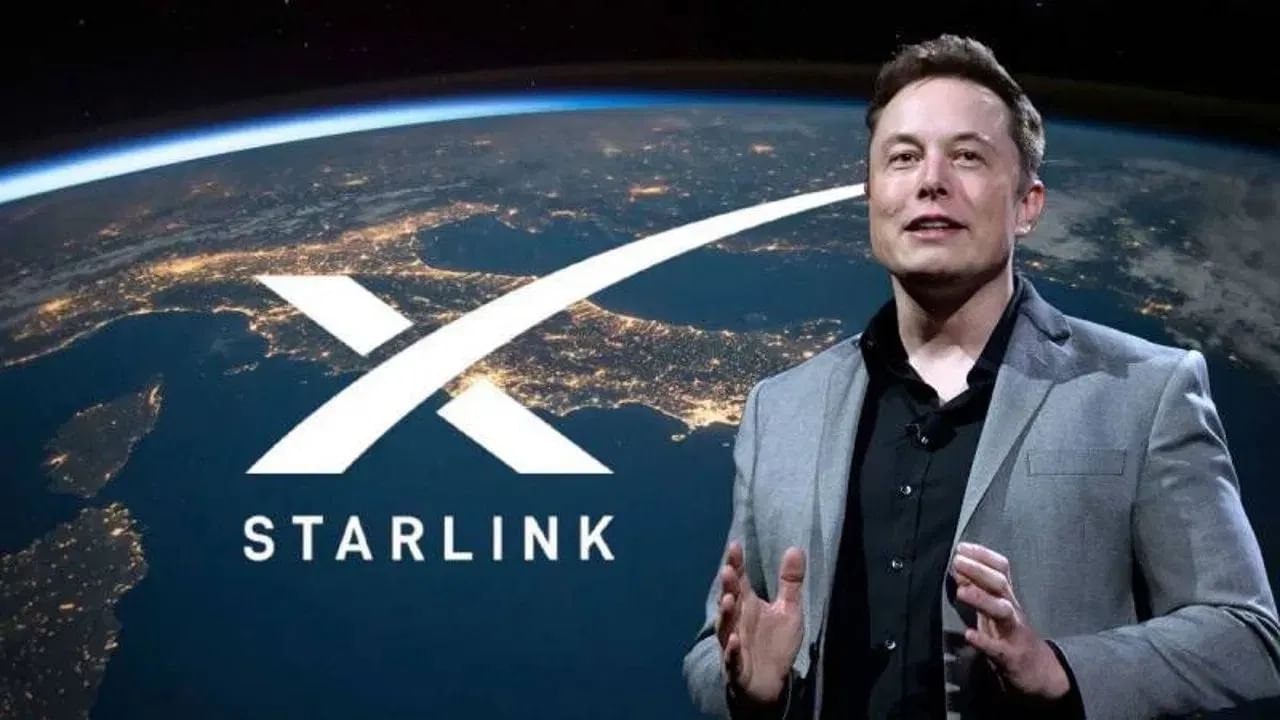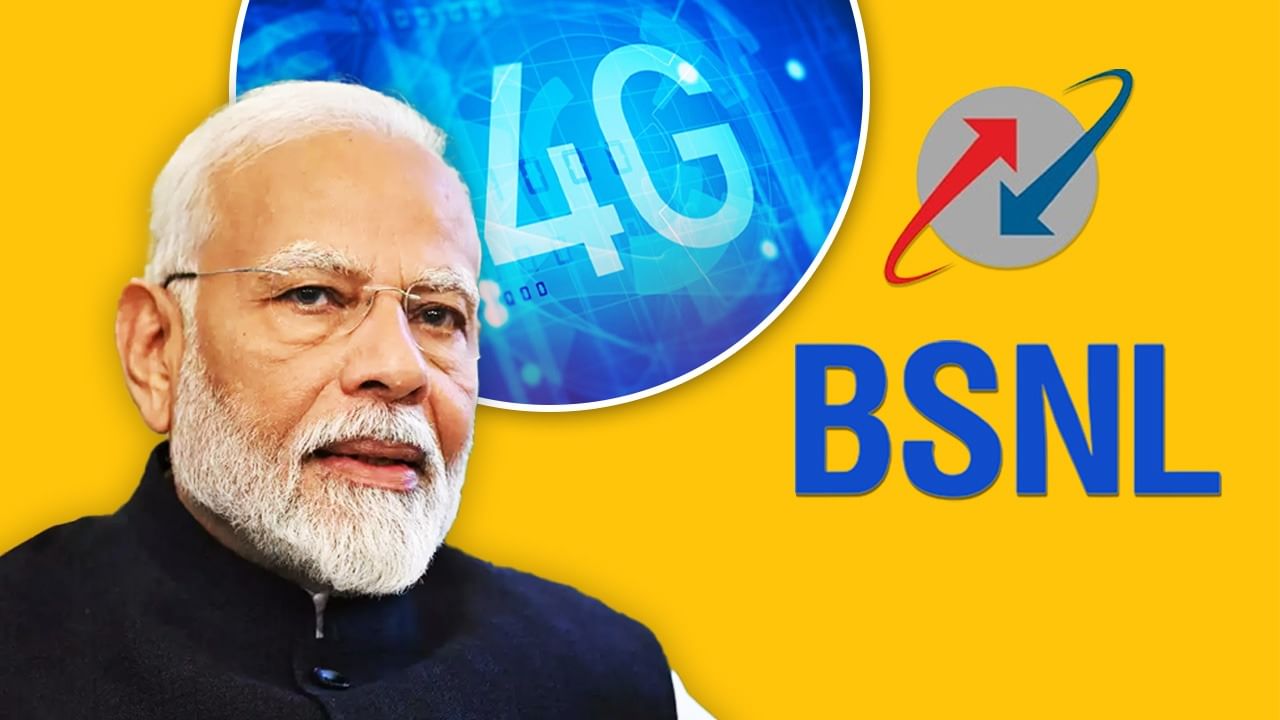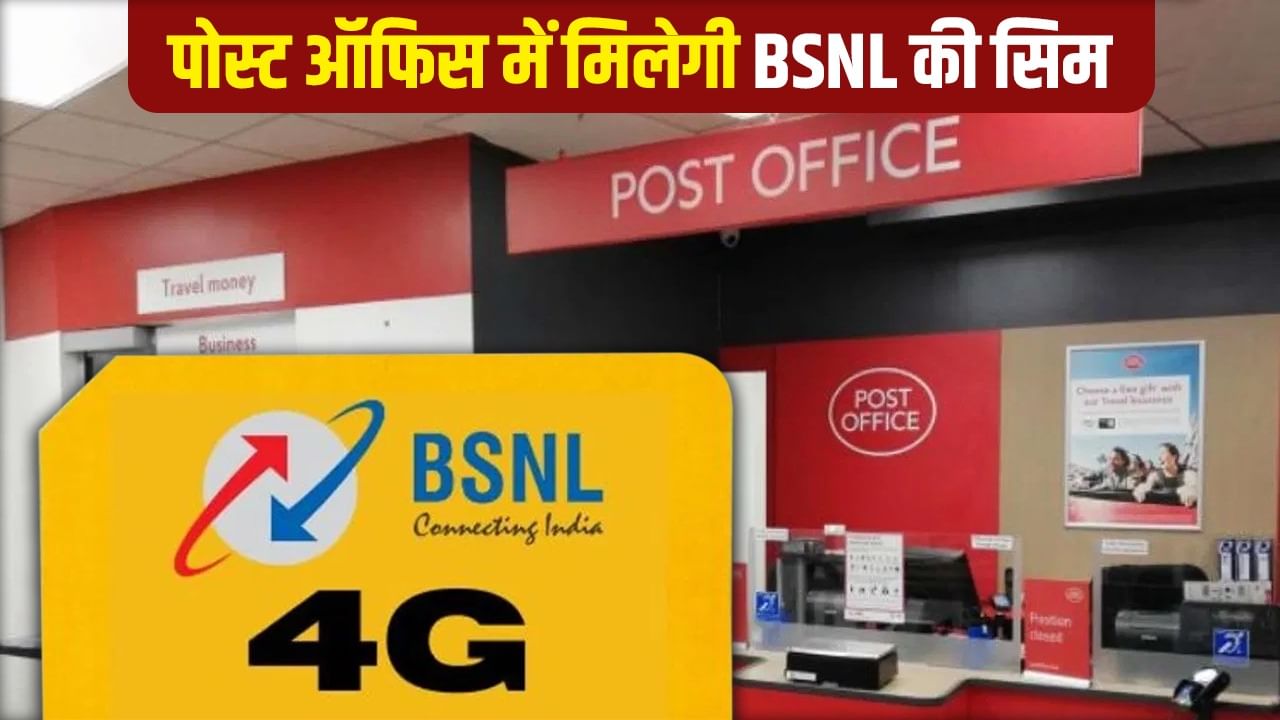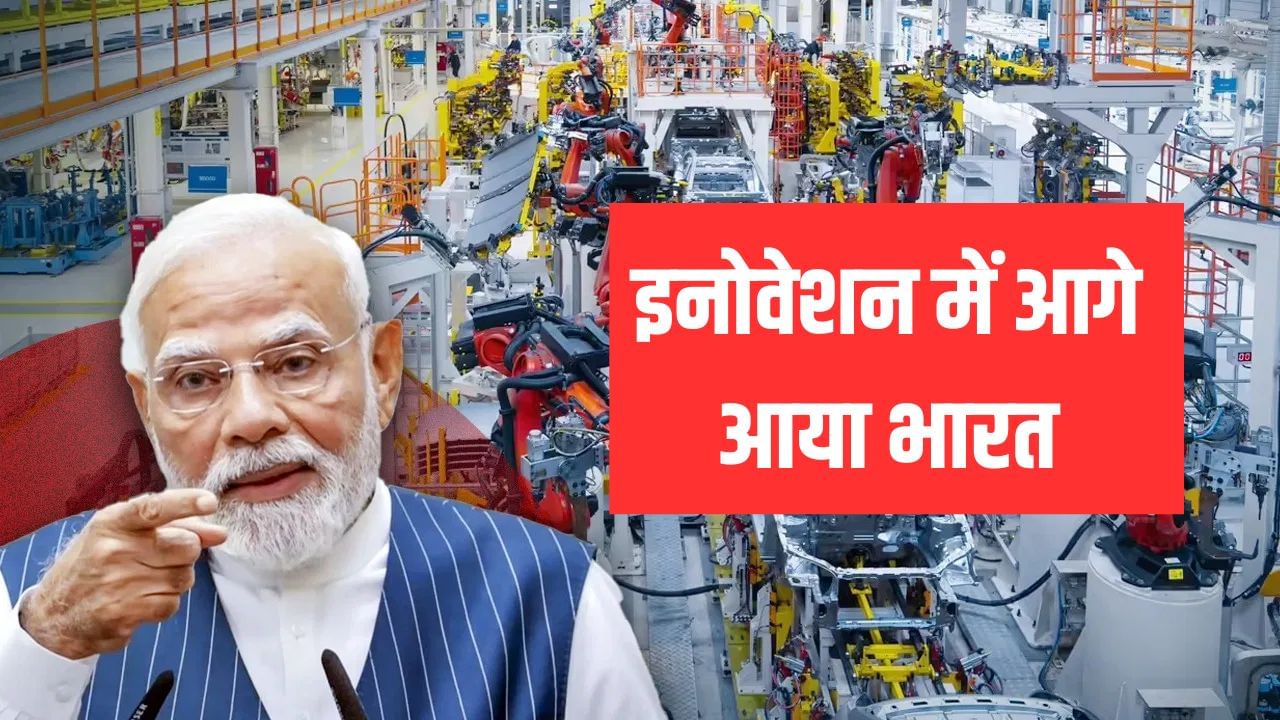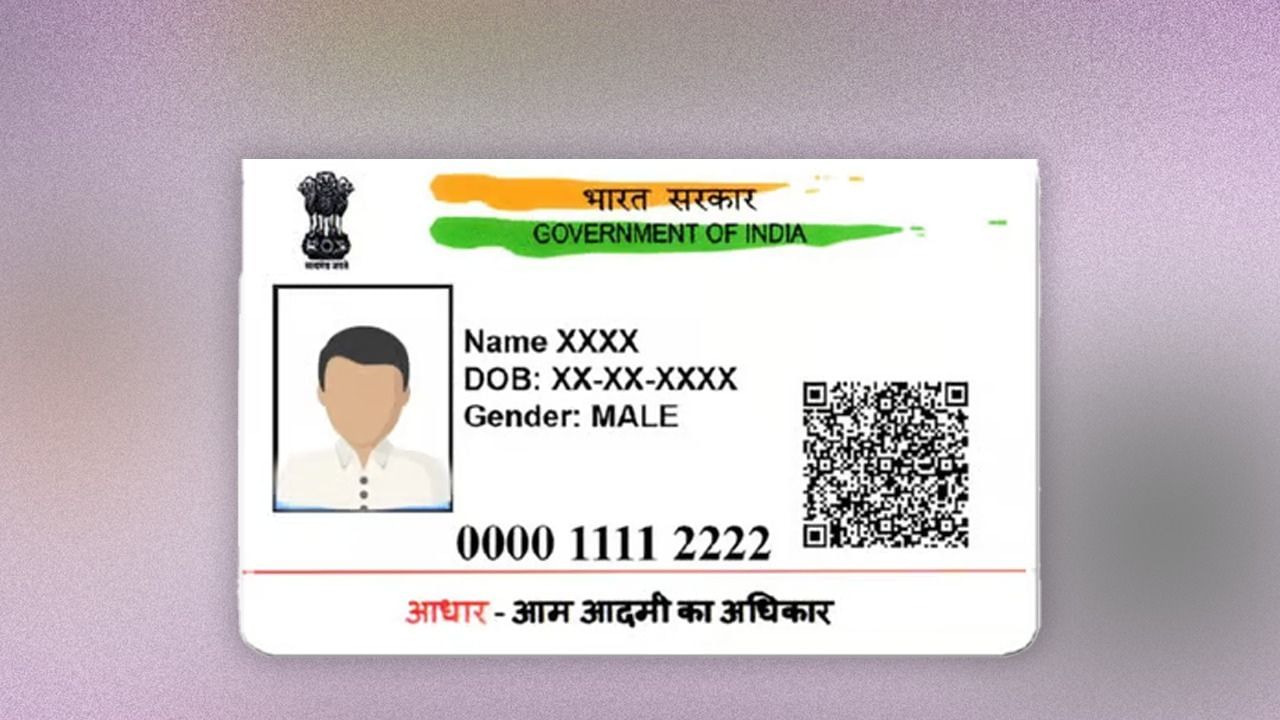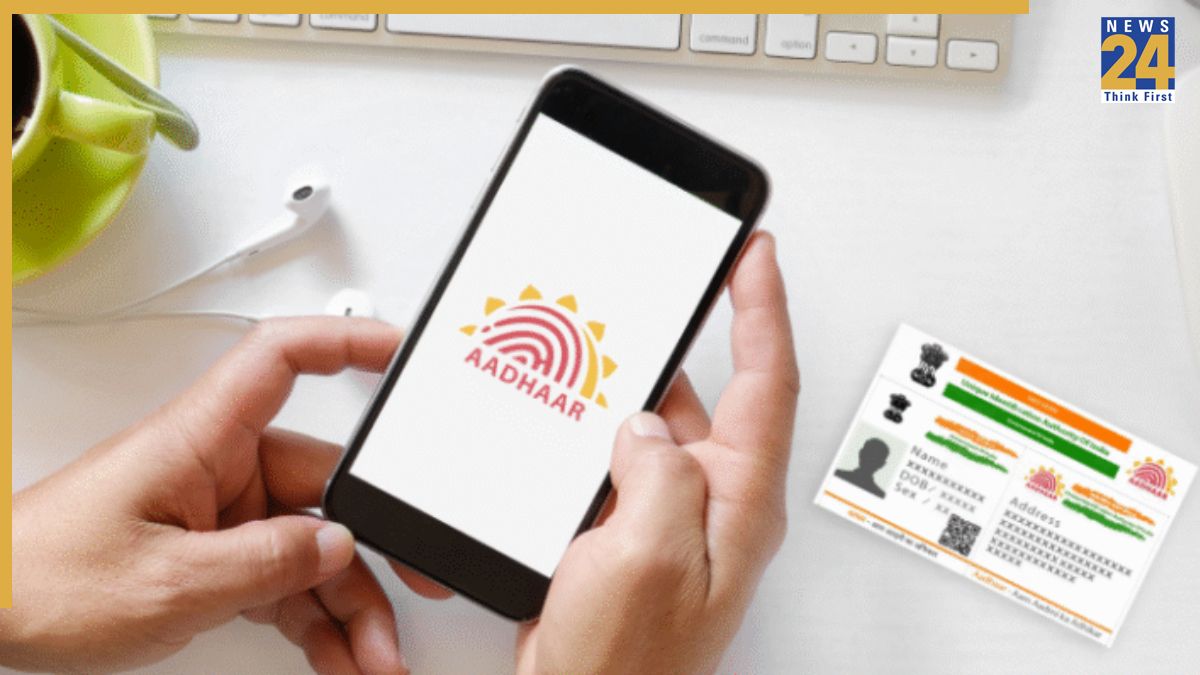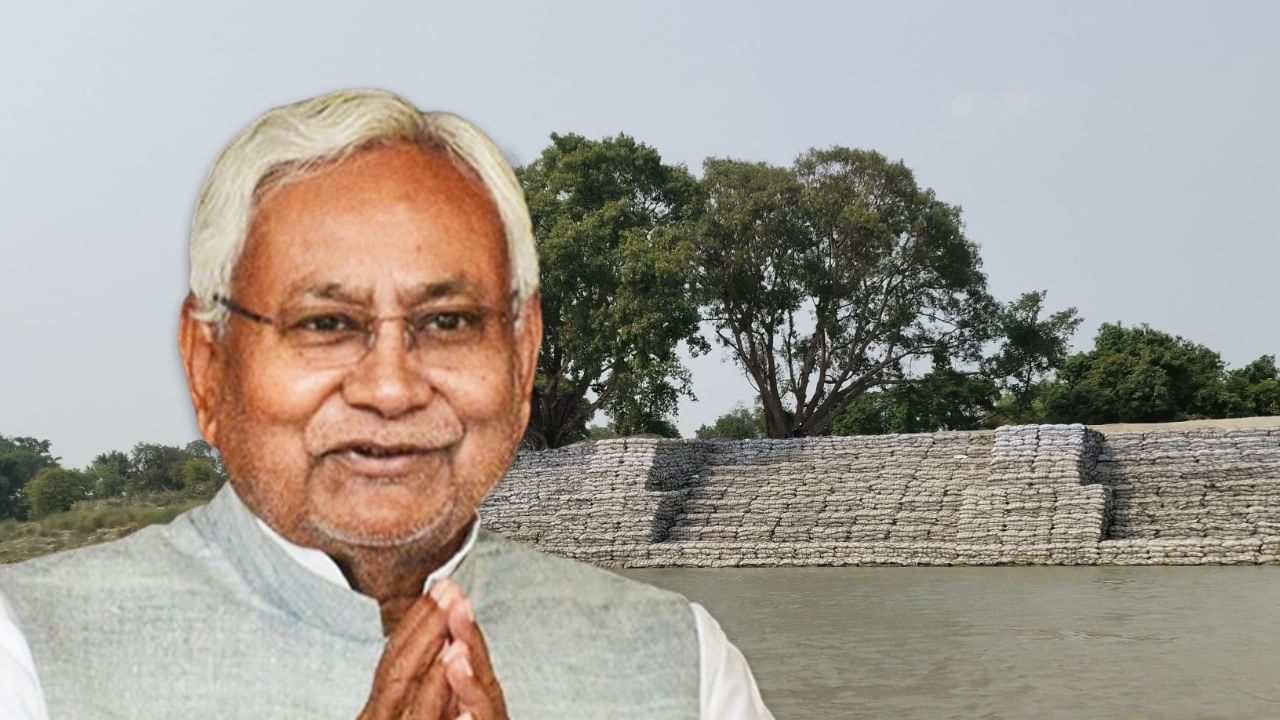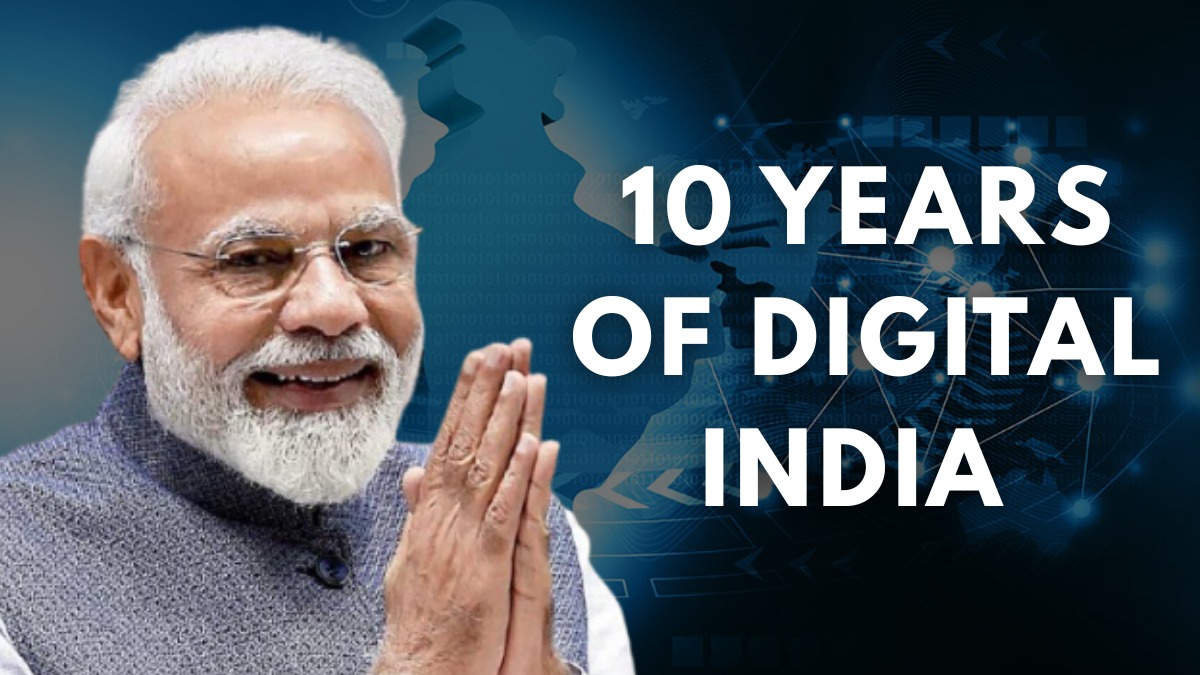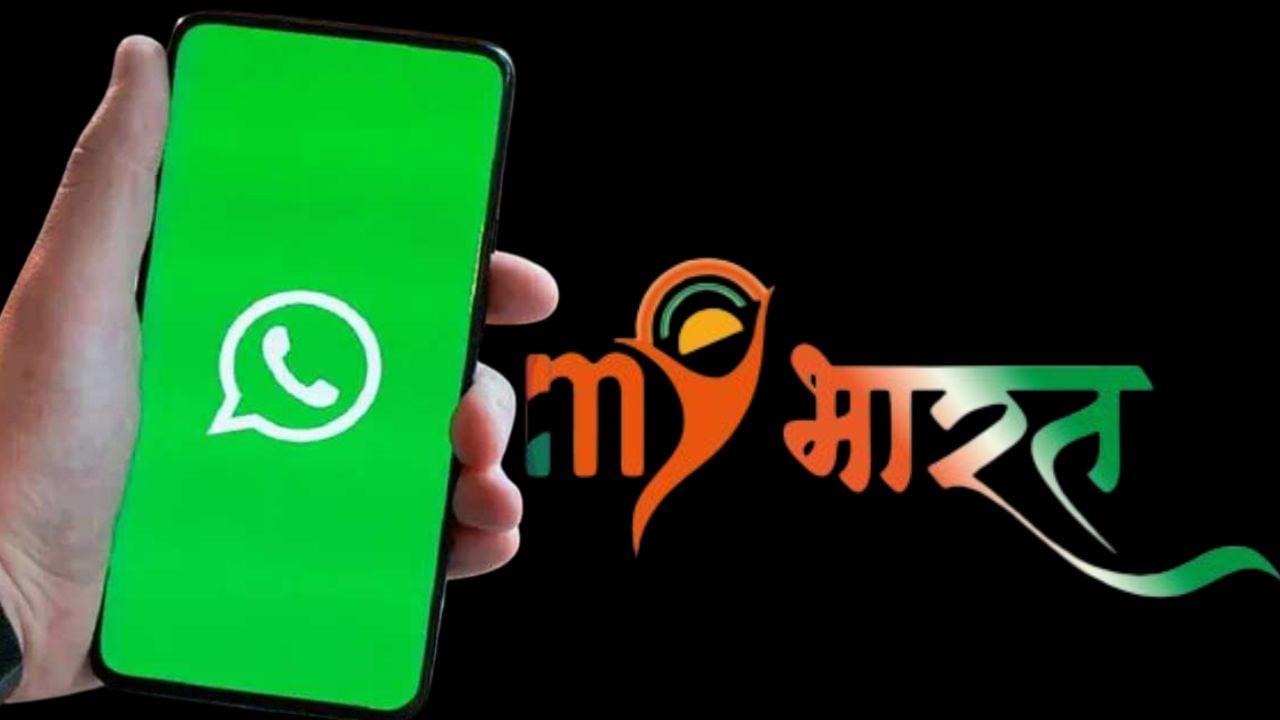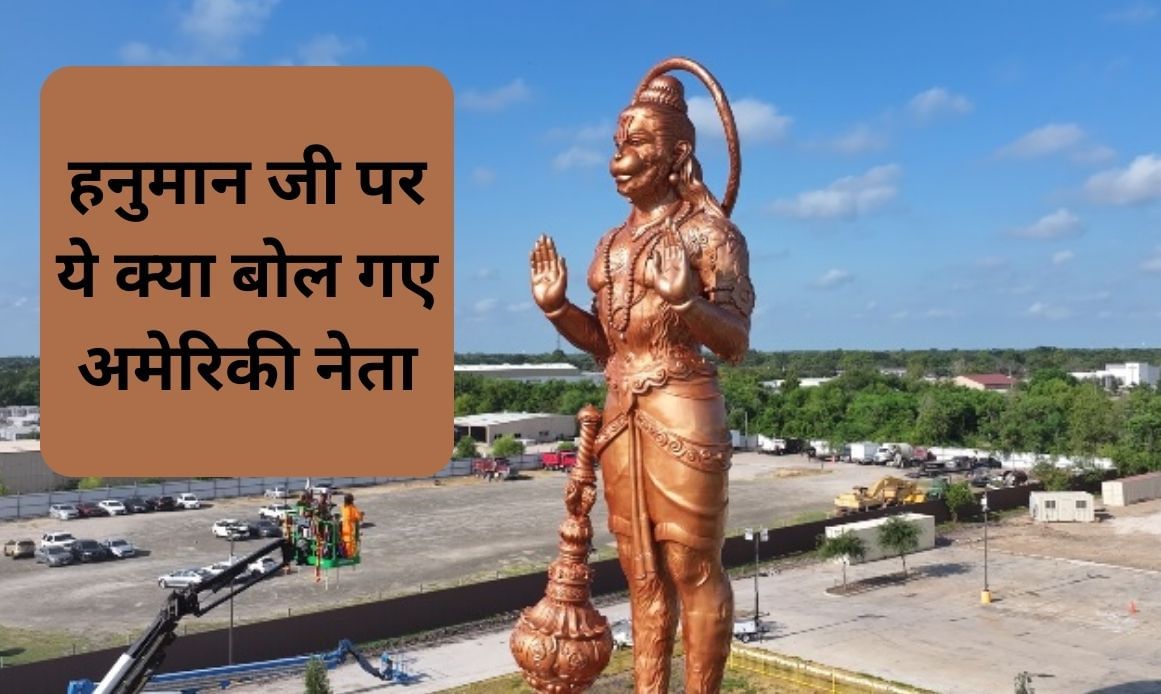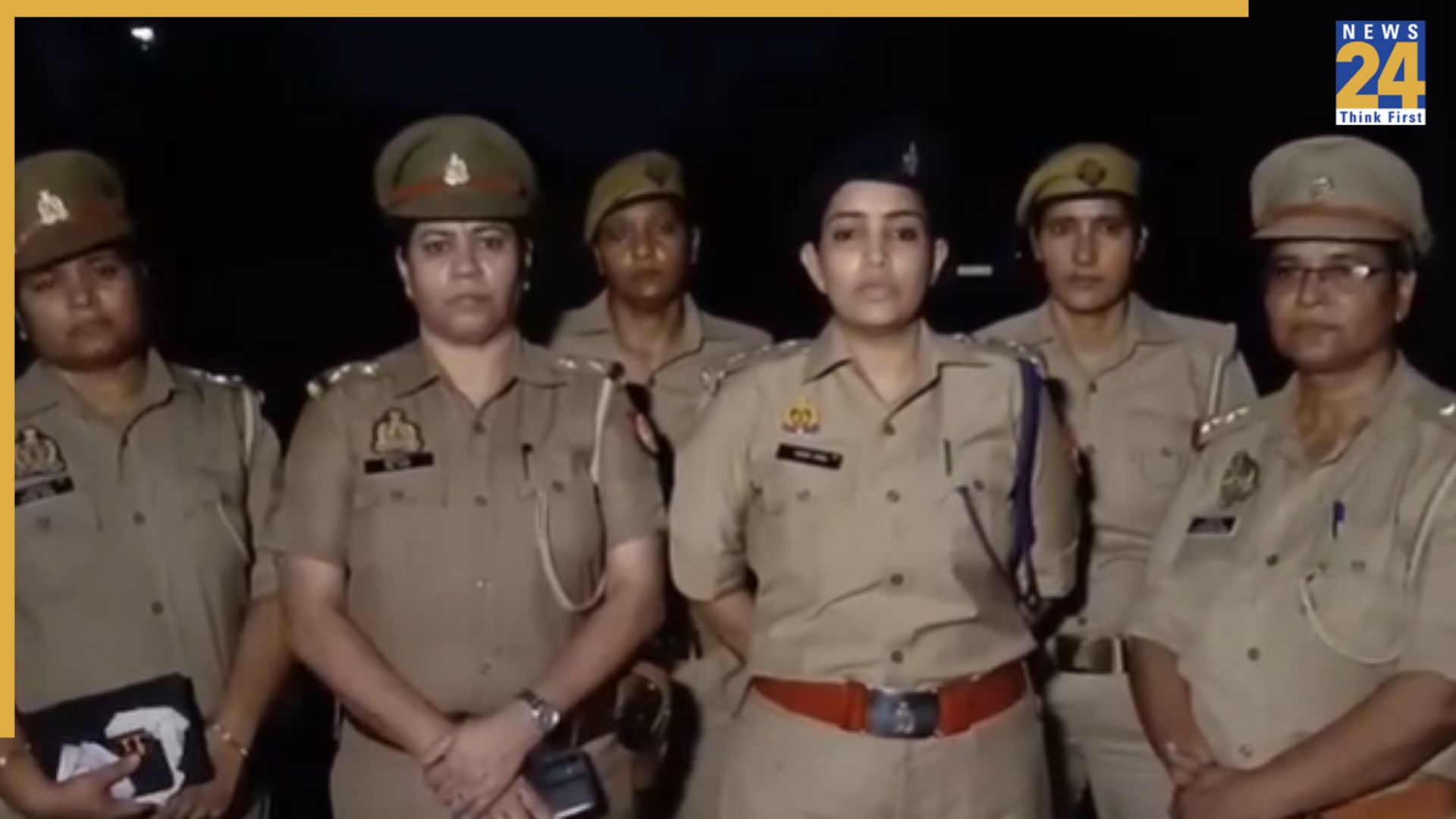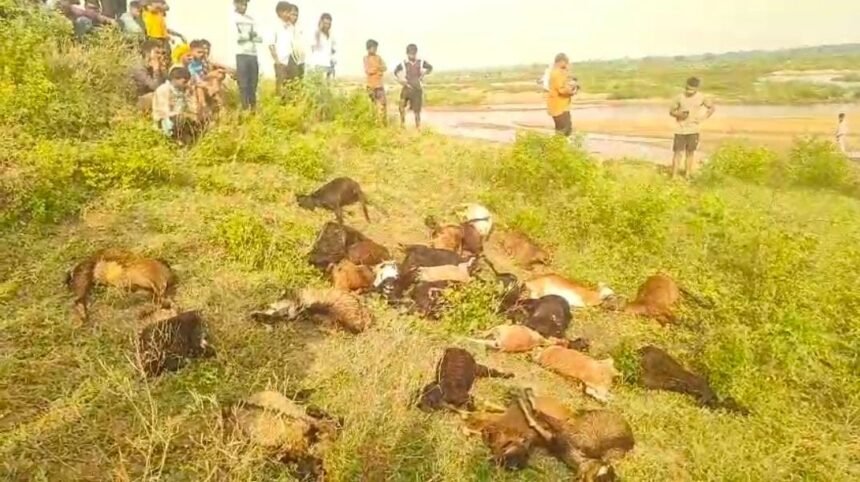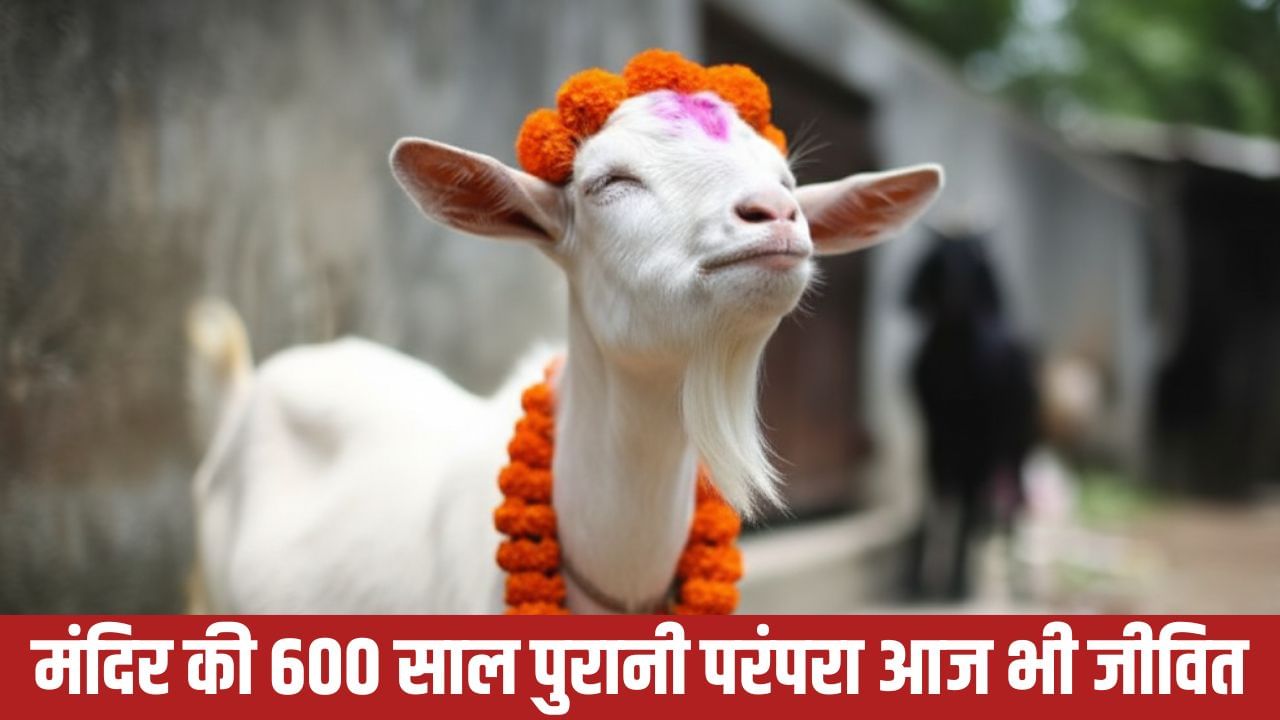Subscribe to Updates
Get the latest creative news from FooBar about art, design and business.
Browsing: Digital India
Bharat Sanchar Nigam Limited (BSNL) and the Department of Post (DoP) have entered into a significant agreement. This partnership will enable people…
India has demonstrated a remarkable ascent in the Global Innovation Index, now ranking 38th. This marks a substantial improvement from its 81st…
The Aadhaar card has become a crucial identification document. It is required for various purposes, from banking and SIM cards to employment.…
A comprehensive mobile application, tentatively named e-Aadhaar, is under development to streamline the process of updating personal details associated with Aadhaar cards.…
Prime Minister Narendra Modi announced that India is rapidly developing a Made-in-India 6G network, with the nation’s first domestically produced semiconductor chip…
Amidst rising concerns over US tariffs, Prime Minister Narendra Modi emphasized that India’s next major priority should be to enhance self-reliance in…
Chief Minister Vishnu Deo Sai announced that the state government has made numerous historic decisions in the past year and a half,…
The Bihar government has introduced online services to simplify access to essential documents. Citizens can now apply for ration cards online from…
Prime Minister Narendra Modi has commemorated the 10th anniversary of the Digital India initiative in a recent LinkedIn post. He highlighted the…
The Indian government has launched an innovative service to connect with the youth, making engagement smarter and simpler. The Ministry of Youth…
Vodafone Idea (Vi) has forged a strategic alliance with AST SpaceMobile, a US-based company, to introduce direct-to-cell satellite-based mobile broadband technology across…
SpaceX President and COO Gwynne Shotwell met with Union Minister Jyotiraditya Scindia to discuss opportunities for collaboration in satellite communications to enhance…
If you think that a forwarded image on WhatsApp is harmless, think again. A chilling new scam is making the rounds in…



